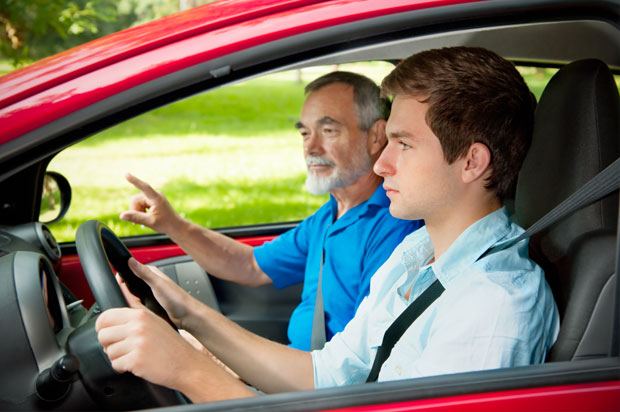Successfully transitioning from a parked position into moving traffic is a crucial skill for new drivers. This guide aims to provide a step-by-step process to help you confidently move your vehicle, emphasizing safety, coordination, and effective observation.
Preparation:
- Engage the Clutch:
- Ensure the clutch is fully disengaged to shift the vehicle into first gear. If going downhill, consider using second gear.
- Apply Gas:
- Gently press the accelerator to accelerate the engine to around 1500rpm. Utilize the rev counter if available.
- Find the Biting Point:
- Slowly raise the clutch to the biting point, where you feel a slight pull at the front end of the car.
Observation and Movement:
- Hold Clutch Position:
- Keep the left foot steady on the clutch while placing the right foot on the gas.
- Release Handbrake:
- After signaling and checking over your shoulder, release the handbrake.
- Gradual Acceleration:
- Increase gas slowly while gradually releasing the clutch. Synchronize these actions to smoothly move the vehicle forward.
- Steer Away from the Curb:
- Pull the steering wheel slightly to move away from the curb. Consult your instructor for guidance on maintaining proper distance.
- Check Mirrors:
- Regularly check both wing mirrors to ensure equal gaps on either side of your car.
- Cancel Signal:
- Once safely on the road, promptly cancel the signal to avoid confusion for other road users.
Tips:
- Avoid Stalling:
- Ensure sufficient gas is applied before finding the biting point, especially in petrol cars. For diesel cars, the process is generally easier.
- Release the clutch slowly over a 5-second count, maintaining coordination with gradual gas increase.
Best Practices:
- Seamless Traffic Integration:
- During your driving test, if asked to stop on the left, ensure a quick and smooth reintegration into traffic.
- Minimize disruption to vehicles behind you to avoid deductions or serious faults.
- Optimize Gear Usage:
- Use 1st and 2nd gear for a longer duration when moving off quickly, even if it contradicts fuel-saving recommendations.
Conclusion:
Mastering the skill of moving off is essential for every new driver. By following these steps and incorporating the provided tips, you can navigate the transition from parked to moving traffic with confidence and safety in mind. Consider enrolling in a driving school for additional guidance and practice.
Summary: This guide aims to help new drivers master the crucial skill of transitioning from a parked position into moving traffic. Emphasizing safety and coordination, the step-by-step process includes preparation, clutch engagement, gas application, finding the biting point, and smooth acceleration. Observational skills, handbrake release, steering away from the curb, and checking mirrors are highlighted during the movement phase. The guide provides tips on avoiding stalling, ensuring seamless traffic integration, and optimizing gear usage. Overall, mastering these steps ensures a confident and safe transition, with a recommendation to consider enrolling in a driving school for additional guidance and practice.


